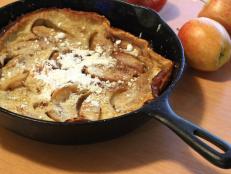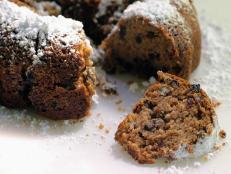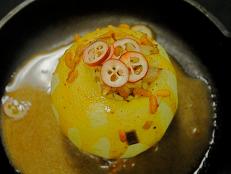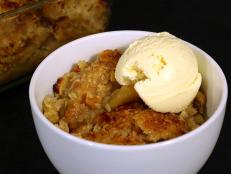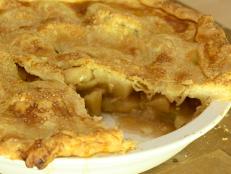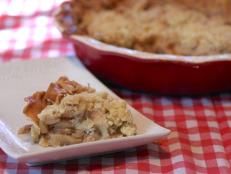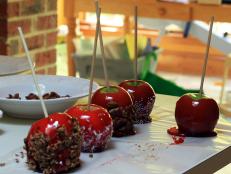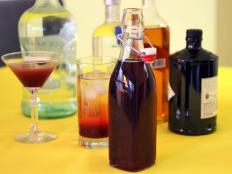Homemade Apple Jelly Recipe
Apples don’t require added pectin to produce thick, sweet jelly.

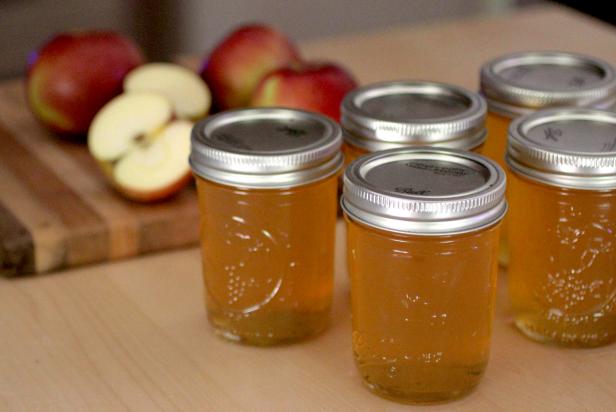
Photo by Mick Telkamp
What turns juice into jelly? Why doesn’t it just heat up on the stove, boil away and then return to its liquid form when it cools? The fact is, there are times when I miss the mark on a recipe for jam or jelly and that’s pretty much what happens. Done correctly though, a combination of sugar and pectin heated to high temperatures cause a glorious chemical reaction in which pectin bonds with water, yielding a thick and spreadable gel. Hence, "jelly."
Pectin is a naturally occurring polysaccharide present in fruit. Some fruit, like apricots and strawberries are low in pectin. Although they often have enough pectin to eventually gel after a longer cook, commercially-packaged pectin is commonly used as an additive to produce reliably thick jam or jelly. Other fruits, like plums and quinces, are high in pectin and don’t need any help.
And then there’s apples. So high in pectin, it’s what they use to make that commercial additive. Even when making jams or jellies from low-pectin fruits like peaches or blueberries, I’m often willing to skip the commercial pectin and rely on the pectin within the fruit, but for those new to the jelly game, the process can be frustrating and it can be tricky to get the consistency “just so." Want to try your hand at making jelly without commercial pectin? This easy recipe for apple jelly is a great place to start.
Even though apple jelly is quick to gel, don’t expect to necessarily hit that 220 degree mark and wrap it up. Apples do have a lot of pectin, but the levels aren't as reliable as what one finds in a box. Make sure to test the jelly for consistency before turning off the heat. Stay close, though. It won’t be long.
A note on selecting apples: Consider using a combination of different types of apples for a more complex flavor. Sweeter apples like 'Red Delicious' or 'Fuji' provide great flavor, but tart apples have the most pectin. Perhaps most important thing to know when making apple jelly is that pectin in apples weakens as the fruit ripens, so look for under-ripe apples to increase the likelihood of a good “set."
Apple Jelly
Yield: About 6 half-pints
- 5 pounds apples + 6 cups water (to extract 5 cups apple juice)
- 3 tablespoons lemon juice
- 4 cups sugar
Wash and chop apples into small pieces, including skin and cores, and place in a large pot.
Add 6 cups of water to the pot and bring to boil over high heat.
Reduce heat to simmer for 20 minutes until apples are soft.
Pour into jelly bag or cheesecloth-lined colander over a bowl to separate juice. Allow to drain without pressing or forcing juice from the apples for the clearest jelly.
Combine 5 cups apple juice, 3 tablespoons lemon juice and 4 cups of sugar in a pot and bring to boil over high heat.
Continue to boil until a temperature of 220 degrees F is reached.
Test jelly by dipping in a cold spoon. If the jelly drips from the spoon in a sheet, jelly is ready. If not, allow to cook a little longer and test again.
Once the jelly thickens, transfer it into sterilized half-pint jars, leaving 1/4-inch headspace.
Cap with lids and bands and process in a boiling water bath for 5 minutes to seal.
Apple jelly will store in a cool location up to a year without loss of texture or flavor.






